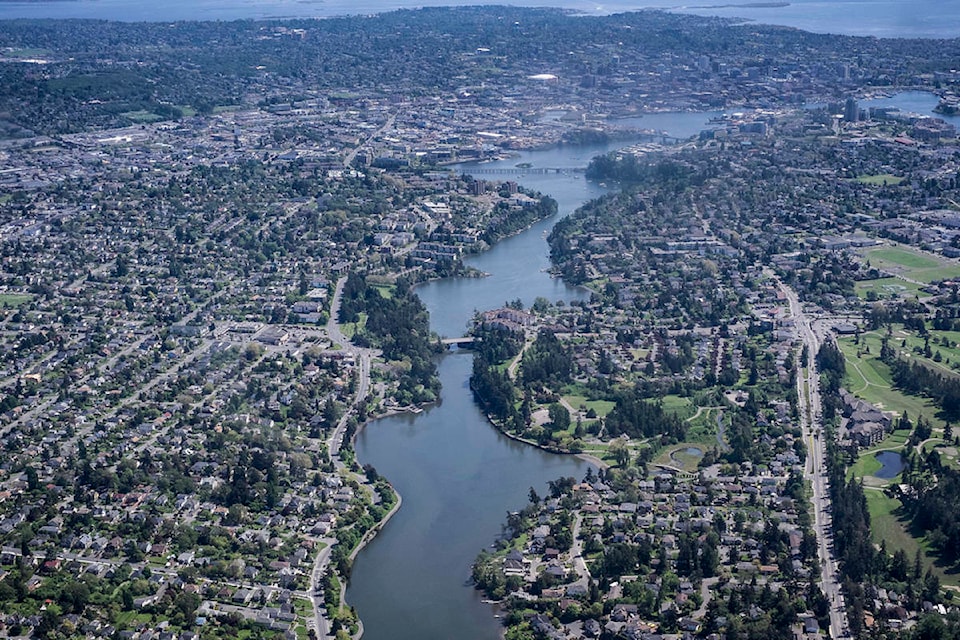New figures show the unemployment rate in Victoria Census Metropolitan Area on the decline.
Statistics Canada says the regional unemployment rate stood at four per cent for the survey period from Nov. 7 to 13. Regional unemployment was consequently 0.4 per cent lower than the corresponding period in October. Compared to other CMAs in Canada, Victoria recorded the third-lowest unemployment rate in the country. Only Quebec City, with a rate of 2.8 per cent, and Sherbrooke, with a rate of 3.4 per cent, recorded lower rates.
These figures confirm the ongoing recovery of the local economy following the peak of the COVID-19 pandemic but also underscore more fundamental developments. As Andrew Petter, board chair with Innovate BC, told audiences at a conference organized by the South Island Prosperity Partnership last month, the tight labour market in British Columbia is even more acute than in Greater Victoria. “All of the pressures that are being felt nationally are felt even more so in B.C. and even more so, here on the south Island,” he said.
Immediate reasons cited by Petter include the disrupting effects of the COVID-19 pandemic on professional career paths and its dampening of immigration into Canada and Victoria.
RELATED: Jobless rate drops to 6 per cent in November as number of long-term unemployed falls
“But even pre-pandemic, the jobs outlook in B.C., labour forecast of the (provincial) government projected over 10 years about 850,000 job openings that would have to be filled, and even if you accounted for the influx of young people coming into the labour market, fairly optimistic projections about immigration and some in-migration from the rest of Canada, there was still a serious shortfall of 50,000 jobs pre-pandemic.”
The situation has since become worse, he said, adding that the forecast likely downplays the severity of the situation.
Audiences also heard that the tight job market also reflects aging demographics, a mismatch of skills and jobs and the state of the available social infrastructure. Petter, for example, argued that improved child care would allow more women to enter the workforce. He also identified Indigenous people as an under-utilized portion of the labour market; while among the fastest-growing populations in B.C., they have received disproportionate access to education and opportunities. “If we do right through reconciliation and other initiatives to support Indigenous communities to increase their capacity …we will be doing right by the whole province and the economy.”
Audiences also heard Petter call for frankness on the issue of housing.
“One of the major impediments to attracting and retaining talent is housing prices, particularly in the Lower Mainland and Vancouver Island,” he said. “The increase in prices last year has been extraordinary. It’s a major barrier. If we can’t provide a quality of life to make them (workers) come here and stay here and afford to come here, we are not going to be successful no matter well our educational institutions are, no matter how welcoming our labour market is.”
Do you have a story tip? Email: vnc.editorial@blackpress.ca. Follow us on Twitter and Instagram, and like us on Facebook.

.png;w=120;h=80;mode=crop)

